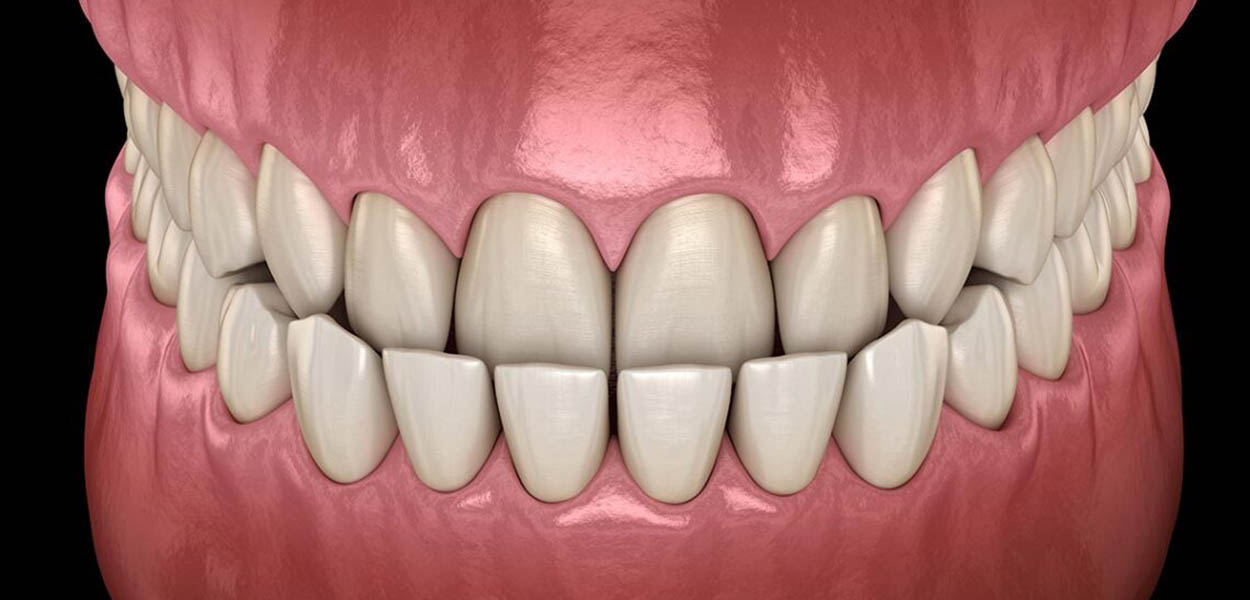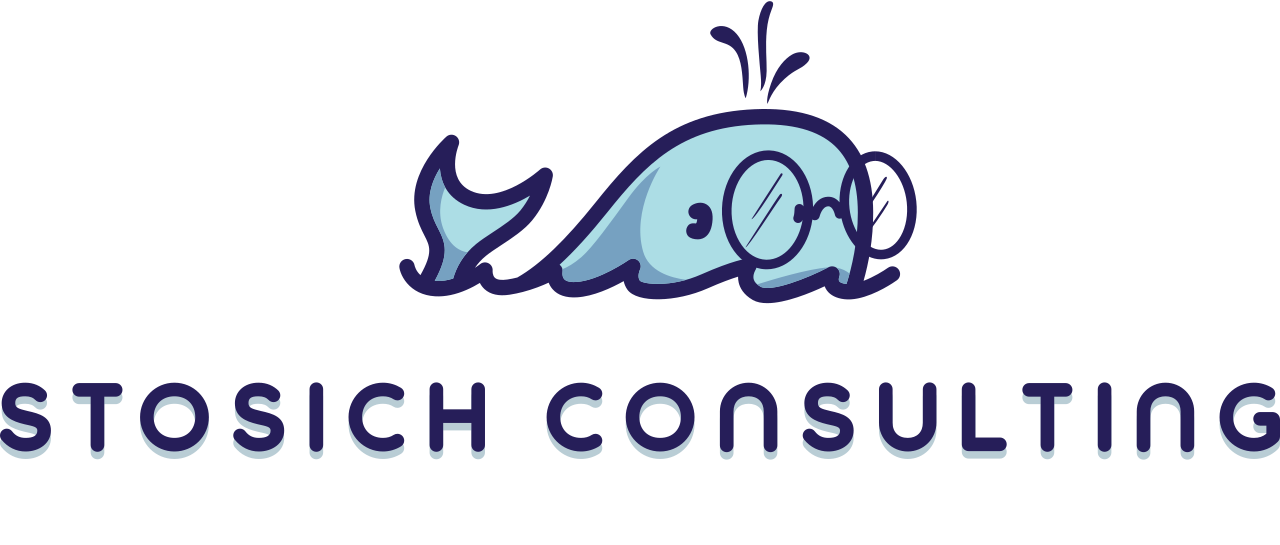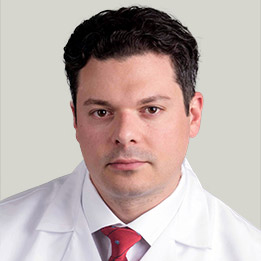The Truth About Underbite Correction

KENILWORTH AND WILMETTE, ILLINOIS – If you see that your child is suffering from an underbite, call for an orthodontic consultation as soon as possible.
An underbite is a noticeable dental problem, and early intervention is key to correcting the issue without a surgical route. This Class III malocclusion happens when the lower jaw protrudes out over the upper teeth when biting.
“Underbites are typically hereditary,” says Dr. Michael Stosich, a Wilmette braces provider. “However, poor chewing habits could contribute to an underbite.”
If an underbite is left untreated it could potentially lead to Temporomandibular Joint Disorder, which is a misalignment that causes pressure on the jaw point. TMJ can lead to head and cheek pain, according to the eBody website. Also, an uncorrected underbite could lead to premature wear and tear on the teeth.
The best age to intervene can be as young as five, the goal is to avoid surgery whenever possible. This is a great age because the bones fuse together when your child reaches adulthood. Typically, once the bones fuse, surgery is the only option.

Wilmette orthodontics specialist, Dr. Stosich explains a few methods to correcting an underbite.
Expander
Expanders consist of a metal bar attached to metal bands. These metal bands are cemented to the upper molars and pre-molars. The metal bar runs across the roof of the mouth and has a keyhole in the middle.
If your orthodontist suggests this method, you and/or your child will need to place a turnkey in the keyhole and push back. This activates the appliance and widens the upper jaw slowly to fit over the lower jaw.
“This technique needs complete cooperation from the child,” says Wilmette orthodontist Dr. Stosich. “If the appliance isn’t being activated every night, it won’t work.”
Reverse-Pull Headgear
The reverse-pull headgear consists of a metal, vertical bar attached to pads that fit comfortably against the forehead and chin. Metal bands are cemented on the top molars and braces are bonded to the top four incisors. Elastic bands are attached to the vertical bar and bands, which will help pull the top jaw outward.
This appliance typically needs to be worn for at least 12 hours a day, and is most effective when worn between the ages 5 and 7.
Chin Cap
For severe underbite cases, a chin cap can be used in conjunction with the reverse-pull headgear. This added appliance wraps around the chin and top of head. It prevents the lower jaw from protruding further.
Surgery
In many adult cases, surgery is typically the only the option. The patient will need braces for approximately a year to align the teeth. An oral surgeon will go in and break the lower jaw, take some of the bone out and push the jaw bone into correct position.
Recovery for an underbite surgery can be painful, as the Wilmette orthodontics provider believes. Once the jaw is pushed into the proper alignment, the upper and lower jaws are wired shut. The patient will need to follow a liquid diet until the jaw is healed.
Underbites cannot go untreated. Early intervention can save your child from being on a route to surgery.
© 2014 Identity Orthodontics. Authorization to post is granted, with the stipulation that Identity Orthodontics is credited as sole source. Linking to other sites from this document is strictly prohibited, with the exception of herein imbedded links.


